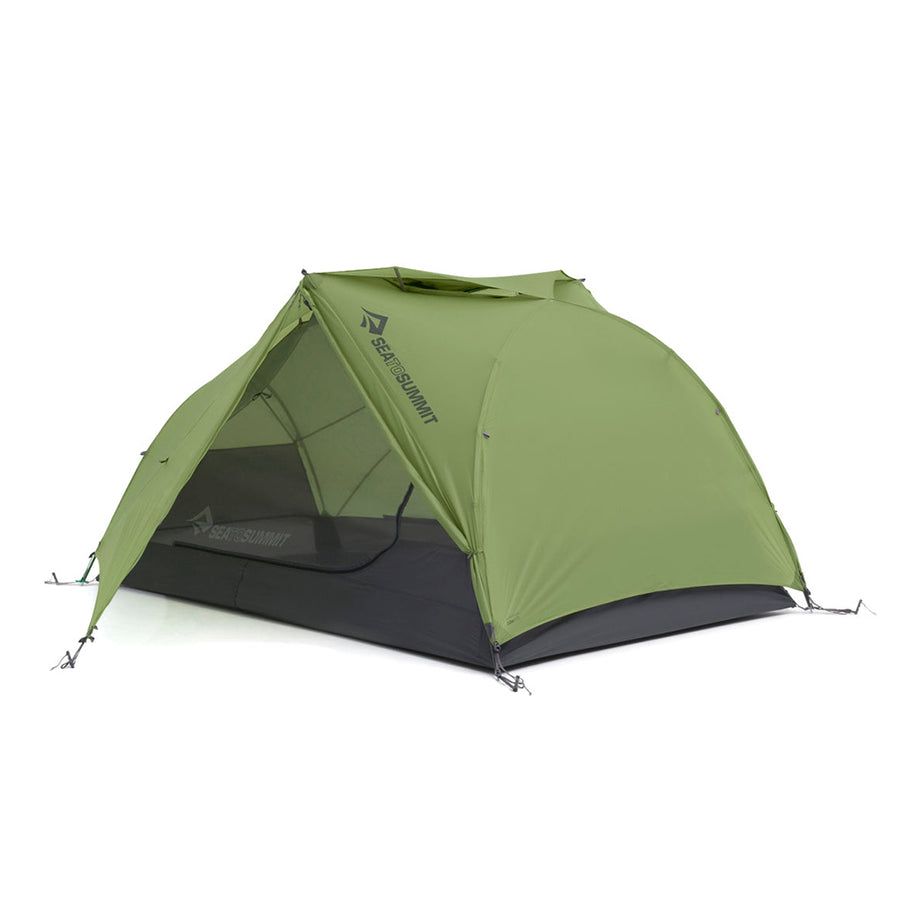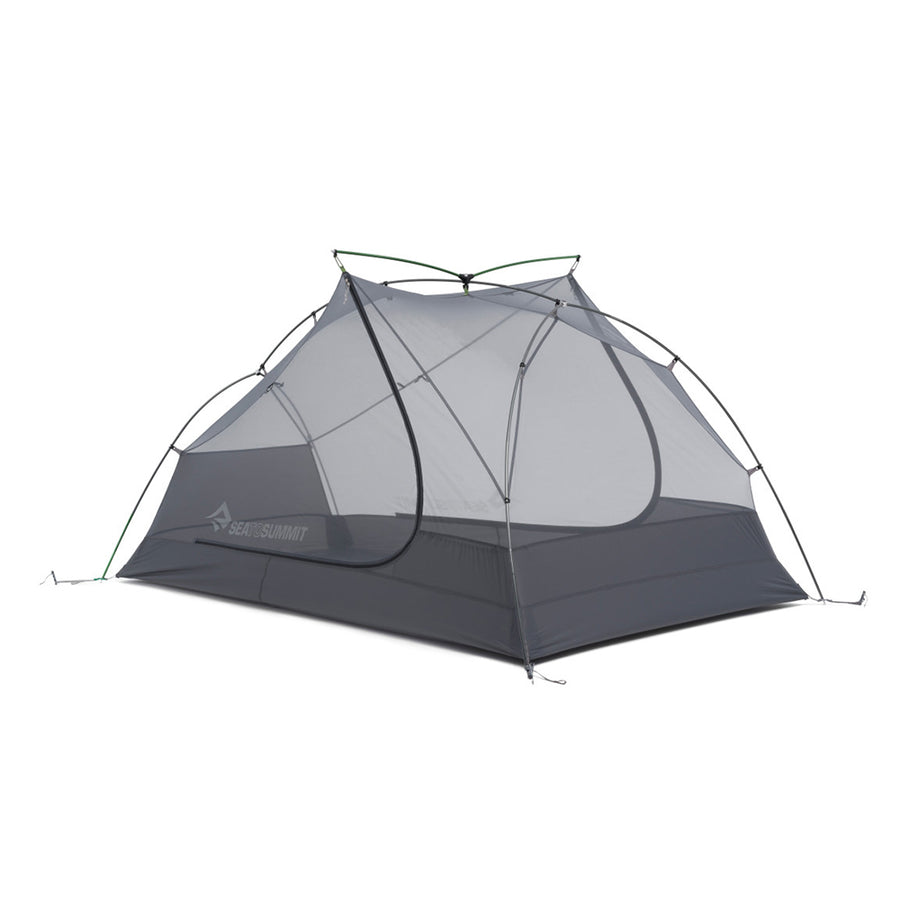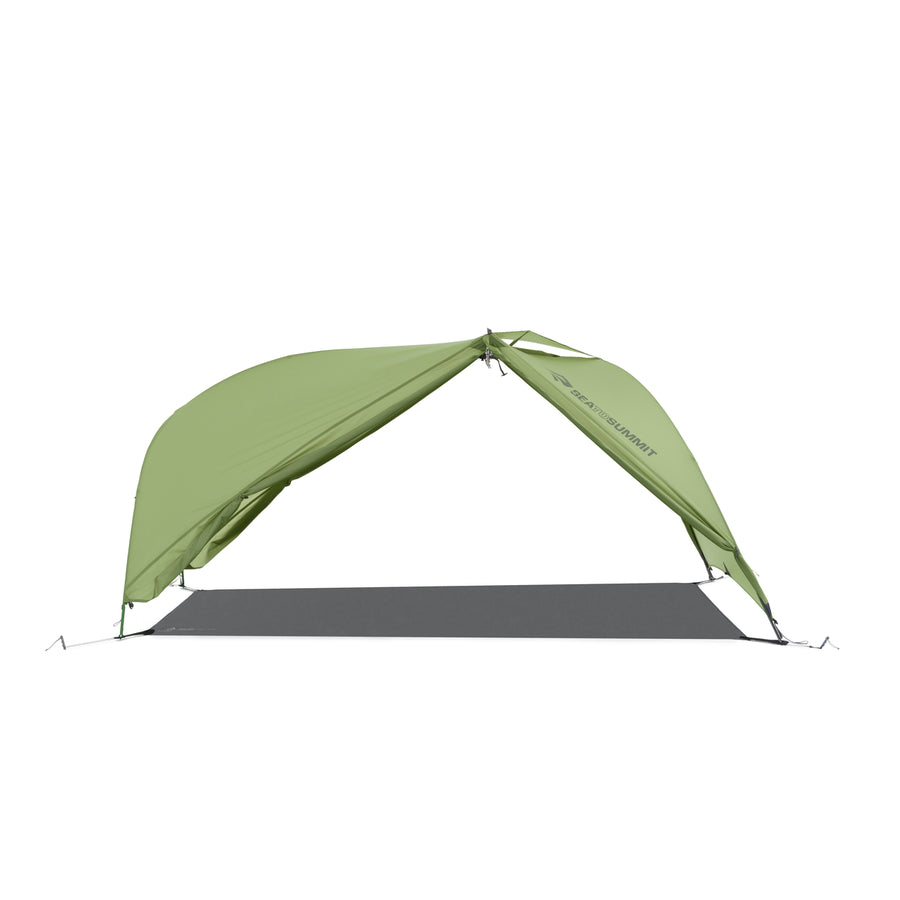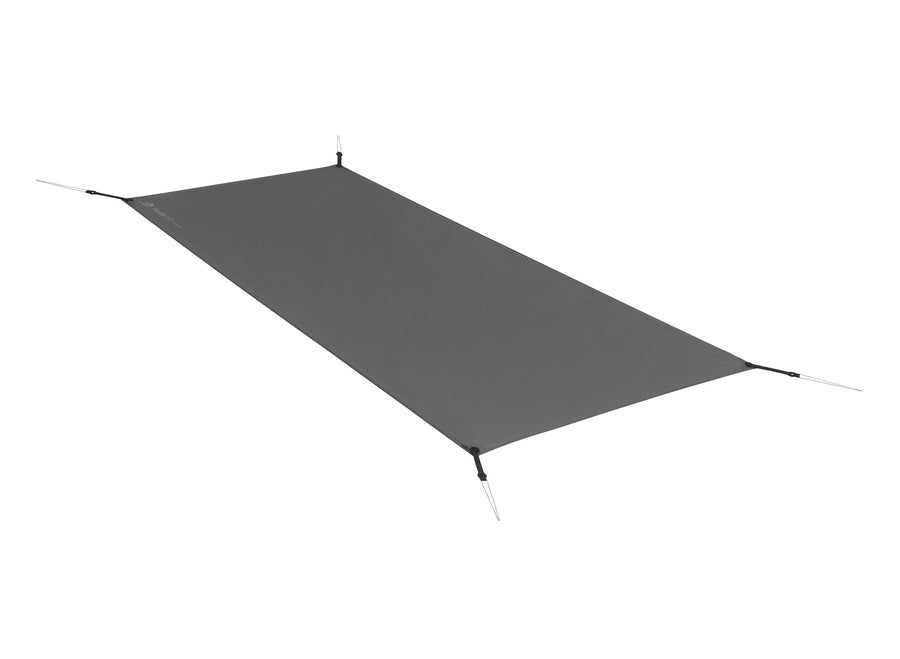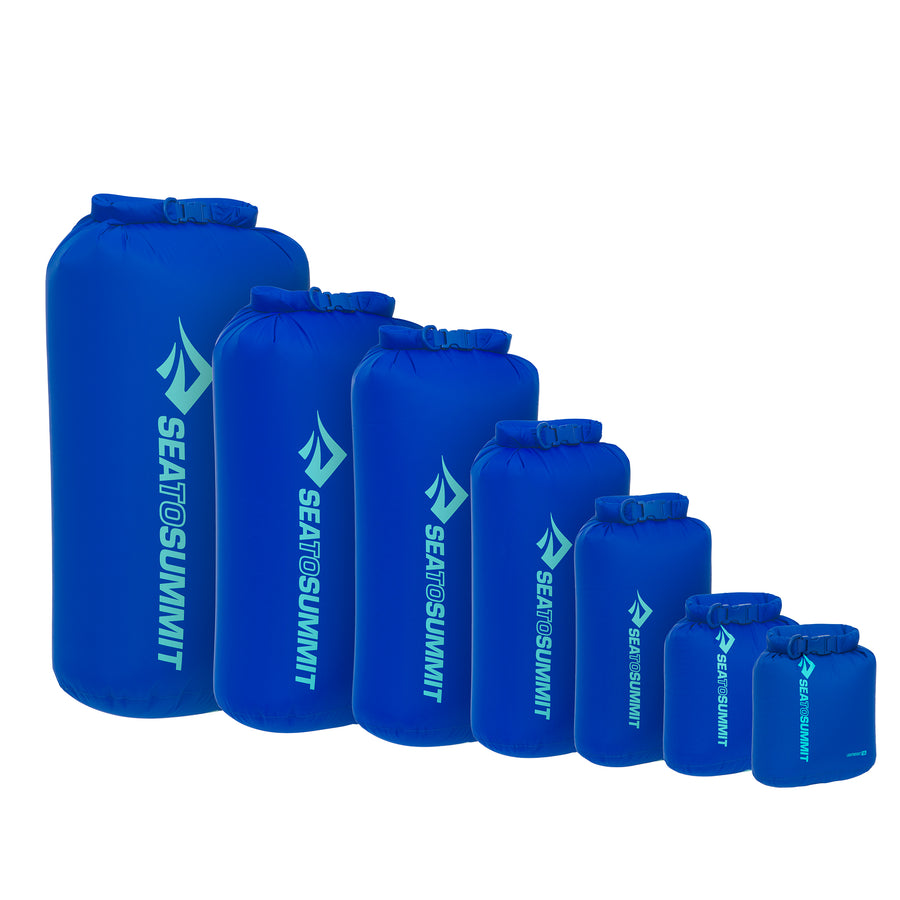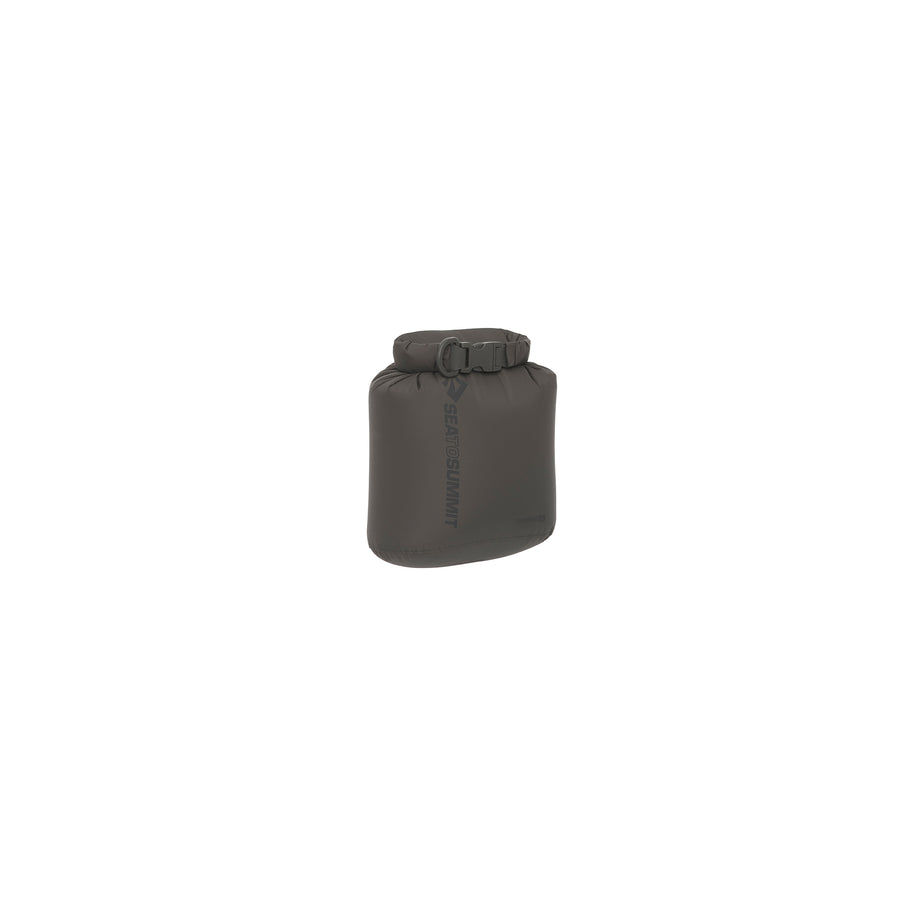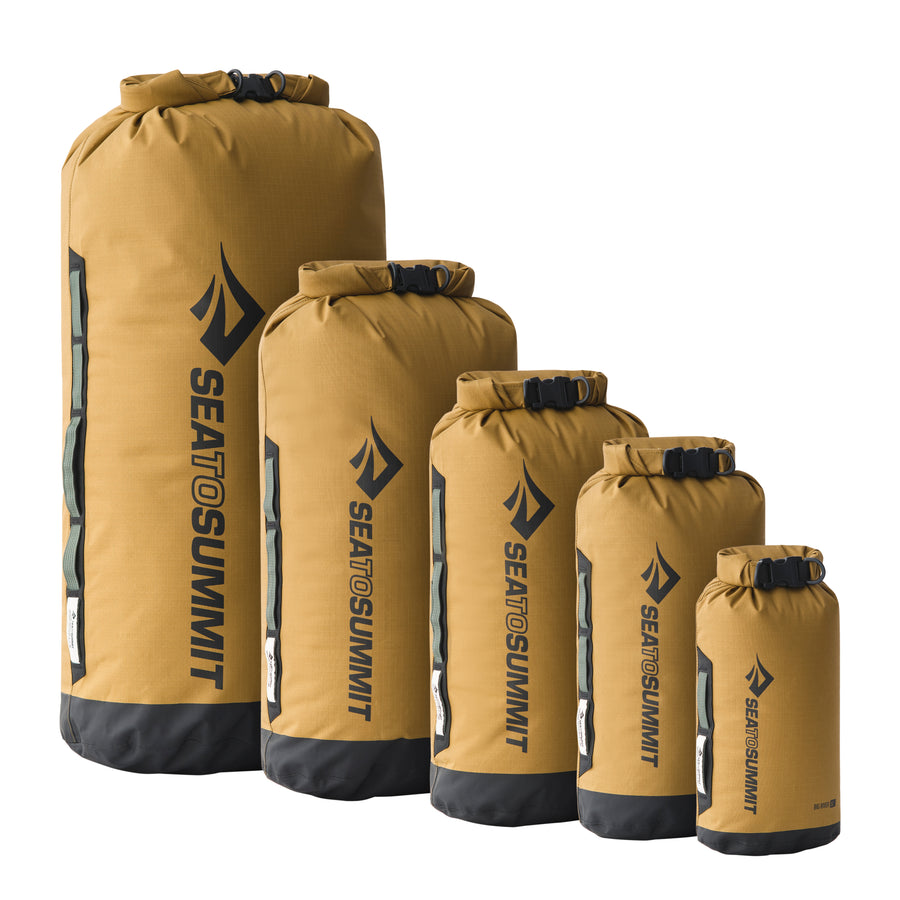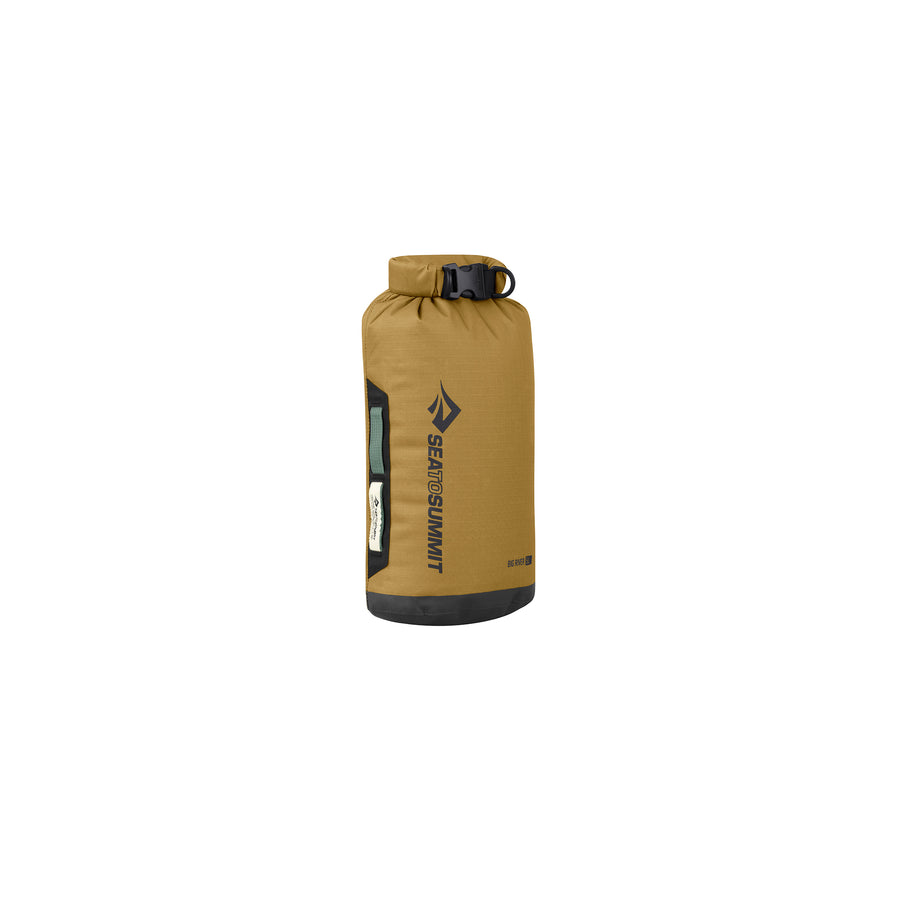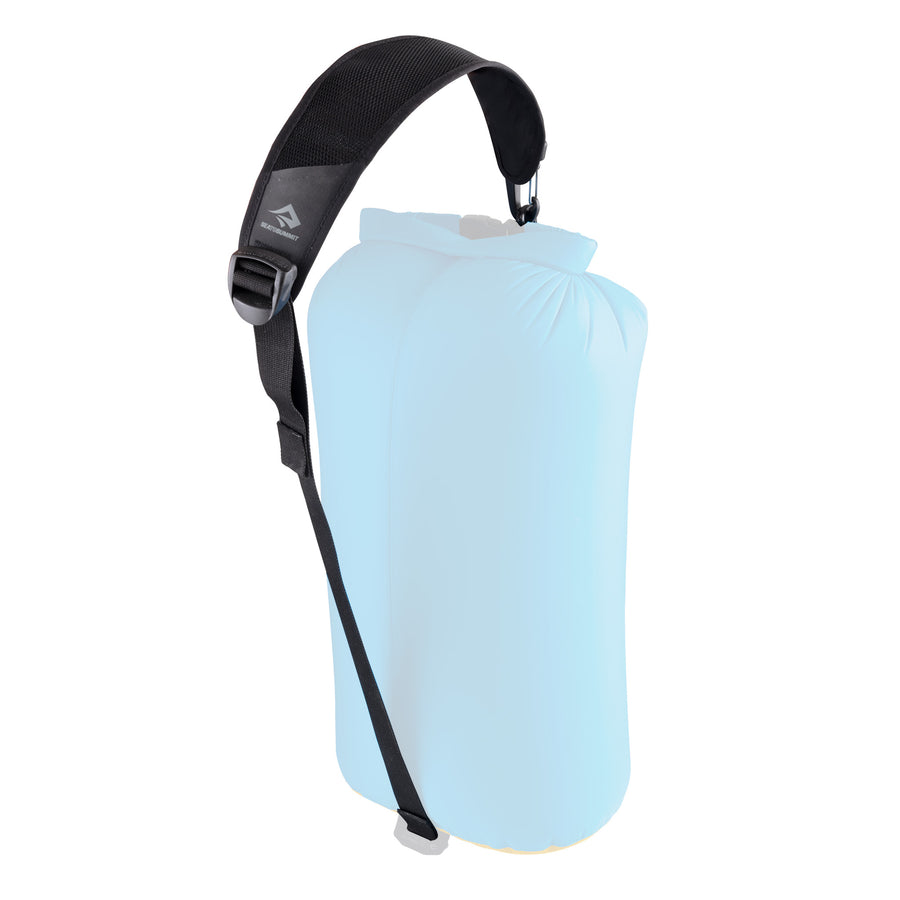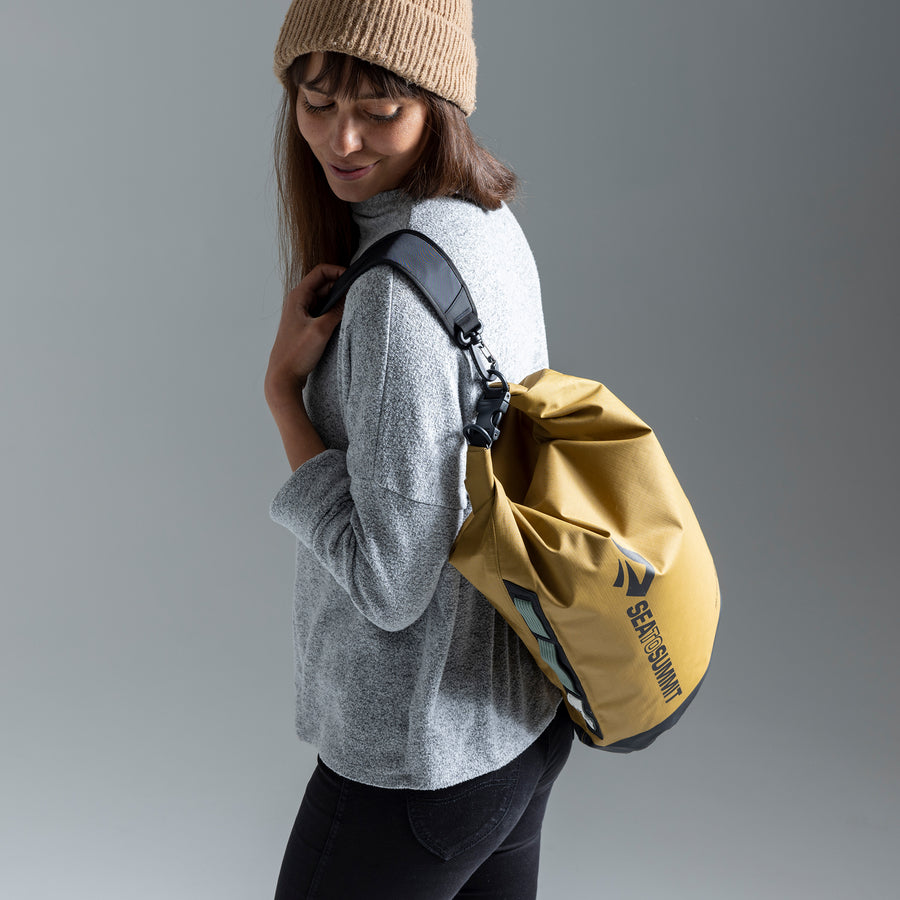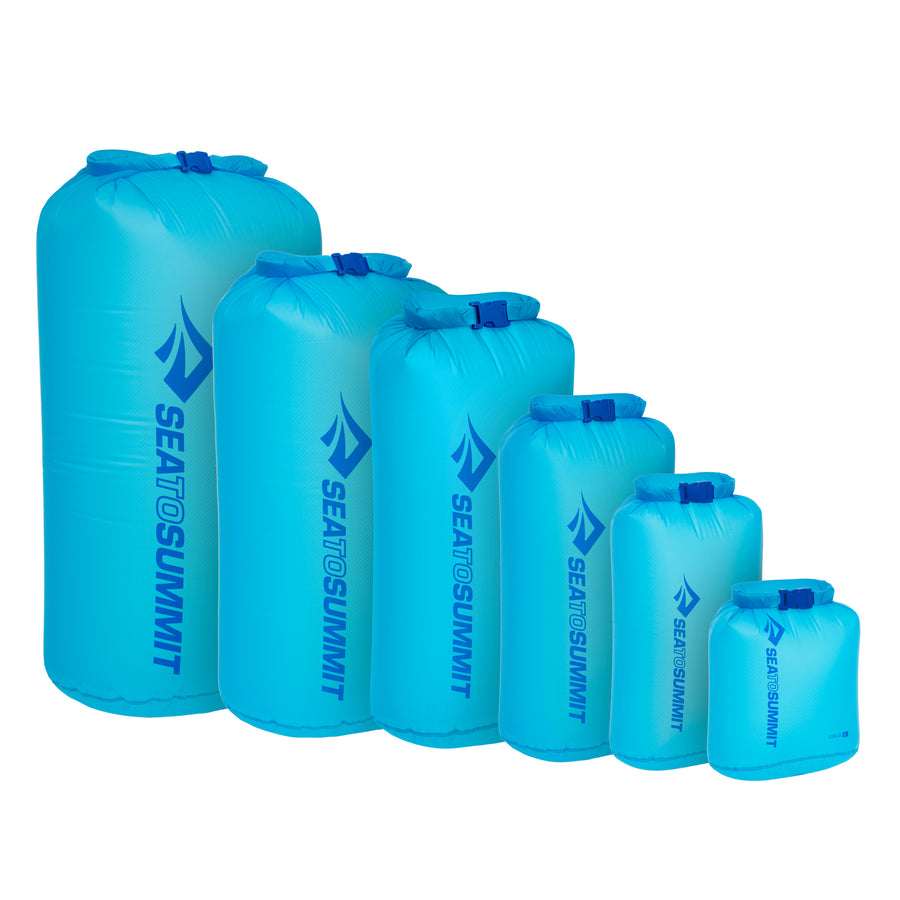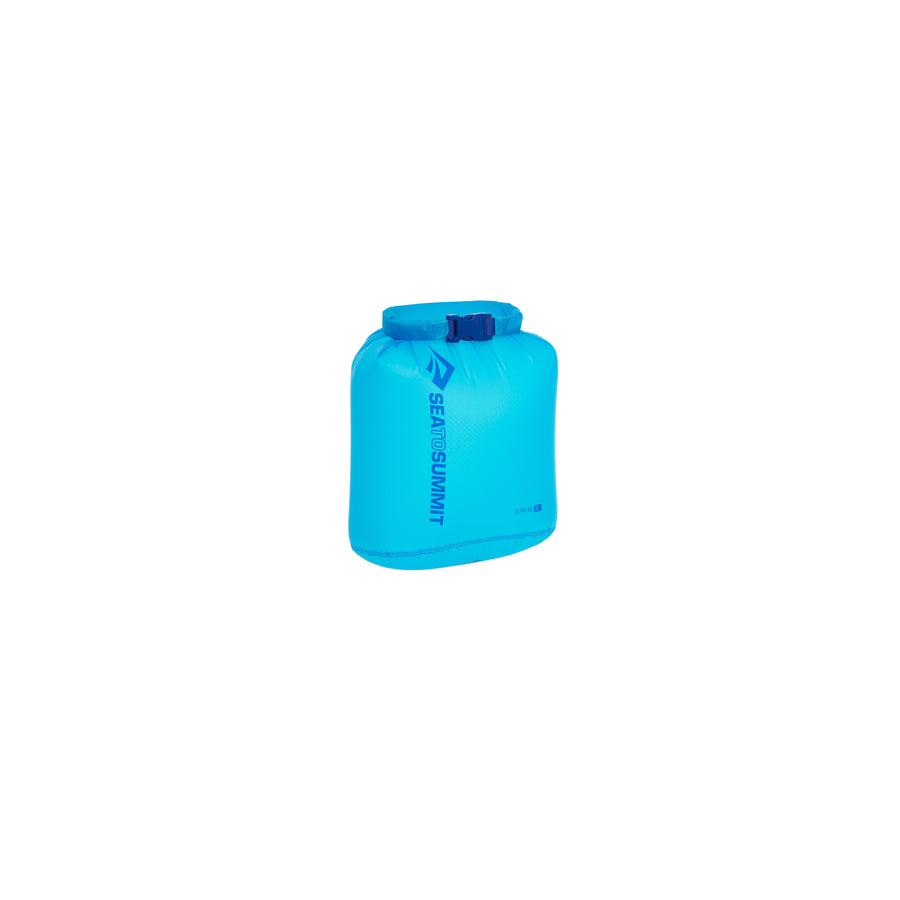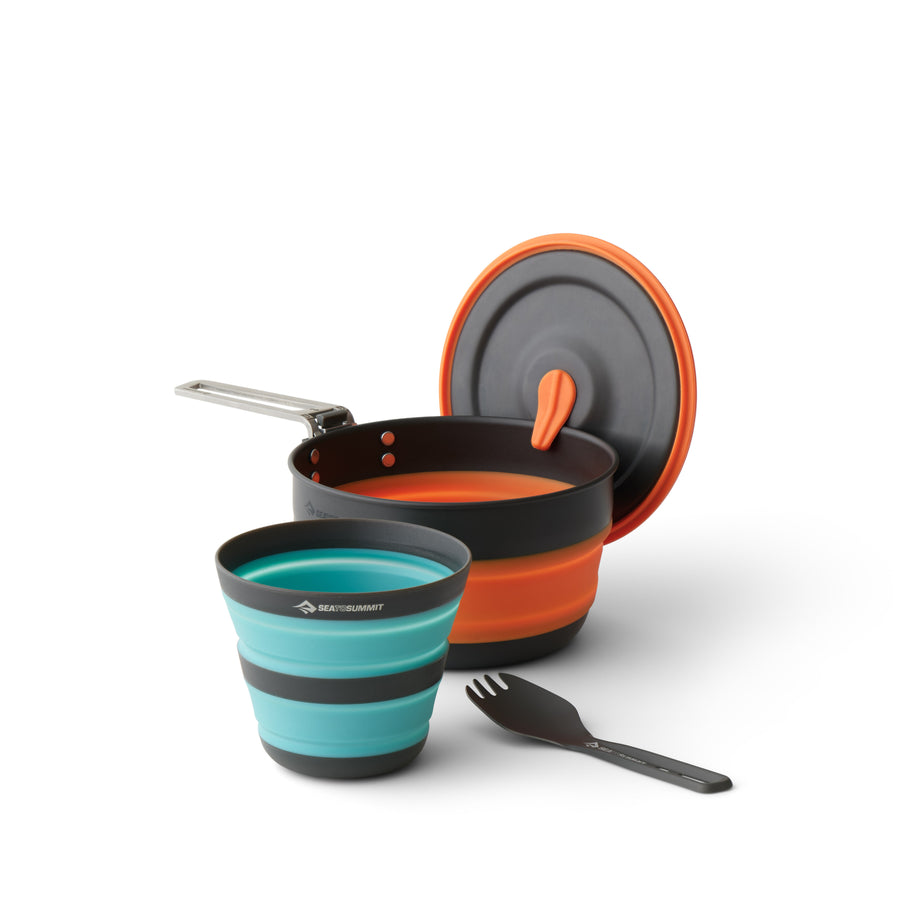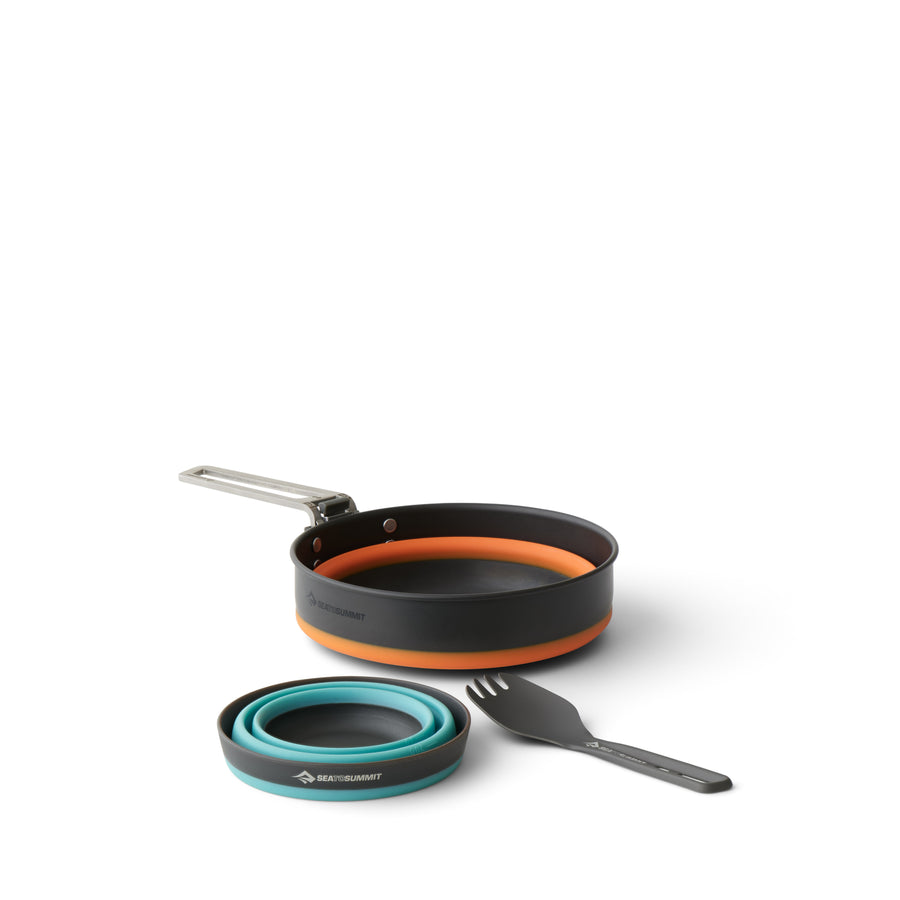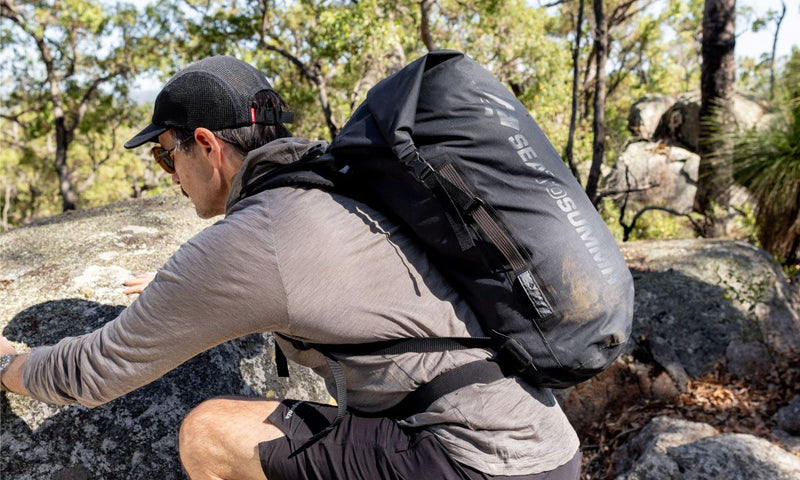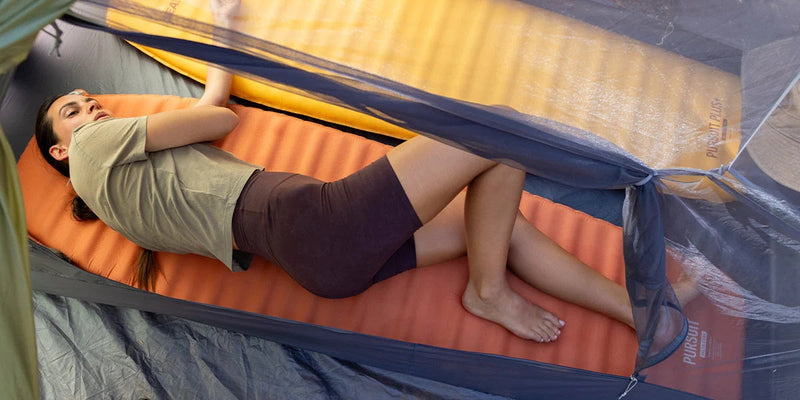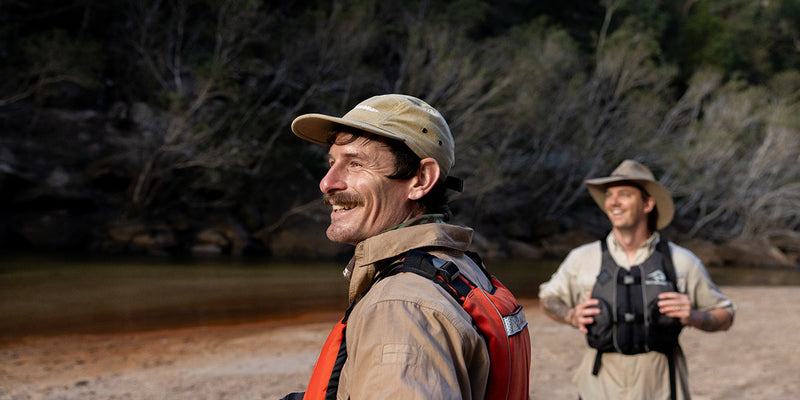Chances Are, You're Paddling that Stand-Up Paddleboard Wrong
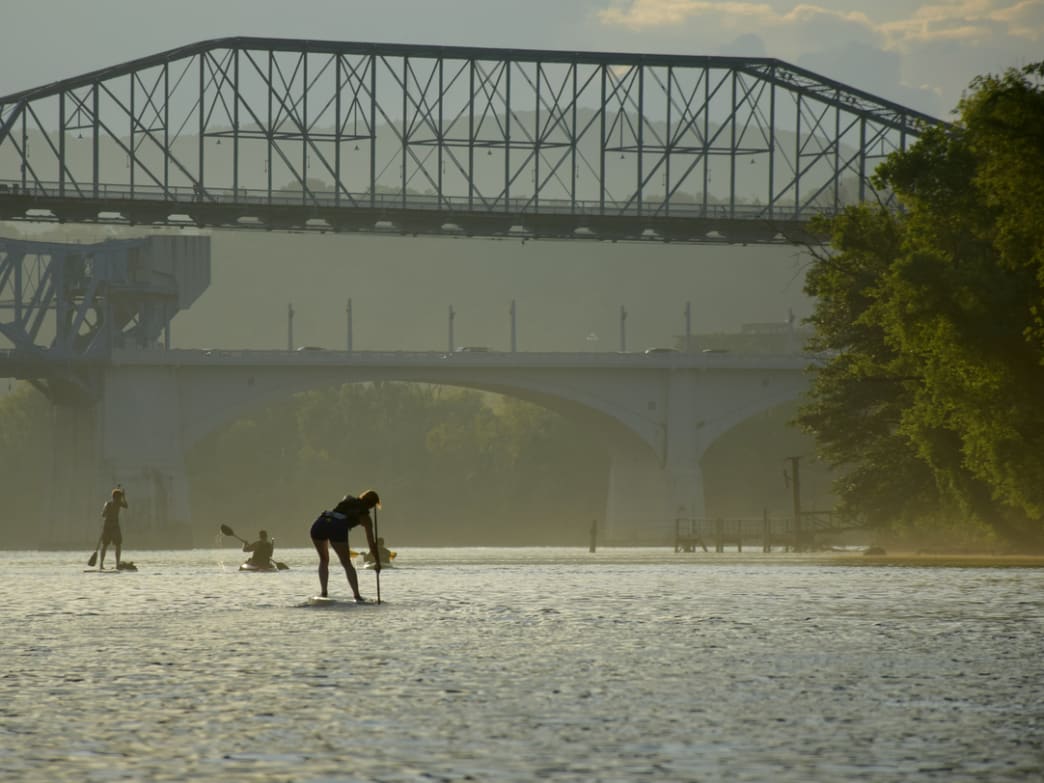
I owned a paddleboard for almost two years and never knew I was paddling it wrong. To me, riding a stand-up paddleboard was all about tooling along, taking in the view from high above the water. If you were really cool, you might launch at downtown Chattanooga and cruise over to the bluffs underneath the Hunter Museum to climb, or rig a slackline at Audubon Island. I wasn’t that hip, but I imagined that owning a paddleboard was a start.
Then I met the paddleboard racing crowd, extremely fit people from all sides of life who have one thing in common: They paddle very fast for long distances with the polished efficiency of machines. These are the types who drop onto the water before dawn or after work to get in a quick 1o miles or more. They all seem to be in perpetual training, usually for the Chattajack, a 31-mile race each October down the Tennessee River Gorge that draws hundreds of elite paddlers from around the country.
You can get sucked into a world like that. You, an ordinary person, see these extraordinary aquatic voyagers slicing through the water as if they were being pulled by a pod of dolphins. Who wouldn’t want to be one of them?
“Everyone should try it at least once,” paddling legend Ben Friberg tells me. “Don’t worry if you fall in. It’s only water and it will probably make you laugh—and you’ll laugh again when you think about it later.”

Jeremy Weldon, who recently moved from a kayak to a board, agrees. “Mastering balance,” he says, “means falling in the water.” Jeremy has found that YouTube tutorials and classes by local outfitter Rock Creek have been helpful. Even more awesome, he says, is simply getting out on the water on social paddles organized through meetup.com . “You’ll spend time with people who have a passion for the sport,” he says. “Many are honing their own techniques and can offer pointers.”
The social paddles are led by Fennel Blythe, a Chattanooga artist who shapes and repairs boards with the same skill she demonstrates on the water.
“I tell people to watch Fennel paddle,” says Chris Murphy. “She looks comfortable and smooth, like she’s painting the water with a brush.”
Chris sees a lot of people paddle. He runs Chattanooga Paddleboards, an extremely handy rental company that delivers boards to whatever local water spot you happen to be near.
“I also tell people,” Chris says, “don’t paddle like Rodger.” He’s keeping a poker face but his eyes twinkle as he looks at me. Everyone laughs, including me, because I know Chris is absolutely right. So I keep going to the social paddles and getting pointers from Fennel. Here are the things she tells me, in order of frequency:
• Pull from your core, not your arms, letting the board slide forward beneath you.
• Drop your shoulder and twist your upper body to reach forward.
• Press down with the foot opposite of the way you want to go.
• Move forward to get the nose down to slice through flat water, back to keep the nose from diving in waves. Experiment with different positions and stances as you gain confidence.
• Engage your core and use the paddle as leverage in the water, letting the board slide forward beneath you. Yes, she’s repeating that one, because I’m still not getting it right.
I sincerely try to do these things, but it takes time to build muscle memory, and my muscles are evidently slow learners. I’m not yet a good paddler, but that’s part of the experience. Venturing outside the routine to try something new, be it whitewater or trail running or God forbid dancing in public, is the best way I know to keep life interesting. Or so I tell myself.
Then Kim Sutton asks if I’d like to participate in the weekly race series she has organized. Kim, who routinely does crazy things such as competing in the Ironman or paddling 1,000 miles down the Yukon River, can be very persuasive, but I have a bulletproof excuse.
“Love to,” I say, “but I have this really slow board.”
As many beginners do, I had purchased a wide, stable, recreational board better suited to surfing waves than going fast. Buying a board that you may outgrow is a common mistake, which is a good reason to rent for a while before you buy.
“Ben has a board you can use!” Kim says. Suddenly, I am a paddleboard racer.
Ben Friberg loans me a beautiful 14-foot board that is the color of a ripe tangerine. In 2013 Ben paddled this very board from Cuba to Key West, a distance of 111 miles across the swells and chop of the Gulf Stream. In the 28 hours it took to make that crossing, Ben fell off the board exactly once, when a wave caught the edge of the board in the middle of a very dark night. I am trying to paddle the same 14 footer a few hundred yards across calm water without falling in.
We gather on the river at downtown Chattanooga, then dig in to sprint forward against the current. The course takes us upriver around massive bridge abutments where the water swirls ominously. I am going faster than I thought possible, but the others pull away from me with the inevitability of the setting sun. I’m out of breath and beginning to understand how paddling at this level is an aerobic sport.
“You want to paddle so hard you almost throw up,” I once overheard a racer say, “but not so hard that you actually do throw up.” The people nearby had nodded—yes, that’s how to do it.
“How did I look?” I ask Kim after I finally finish the course.
“Good,” Kim says politely.
I know that to Kim I’m like a kid trying to ride a bike who asks, “How do you keep from falling over?” Then I realize that whether board or bike, the answer is the same: You simply have to get on, push off, and let your body learn the moves. To become a better paddler, one must paddle, thoughtfully and often. You don’t have to race, but the same techniques the racers use will get you across the water with greater ease and comfort. I wasn’t really paddling wrong in the old days—at least I was out there—but imagine where I could be today if I had rented a faster board from Chris and hired Fennel to give me lessons. Maybe, just maybe, I could have been a contender.

Back on the river, I try to remember what Ben said about laughing. As in most outdoor endeavors, it doesn’t always pay to take yourself too seriously. I may not look smooth yet, but I’m having a good time with good people.
“Engage your core!” Fennel calls.
“Swim to shore!” Chris cracks. “Swim to shore and walk away.”
Written by Rodger Ling for RootsRated and legally licensed through the Matcha publisher network. Please direct all licensing questions to legal@getmatcha.com.
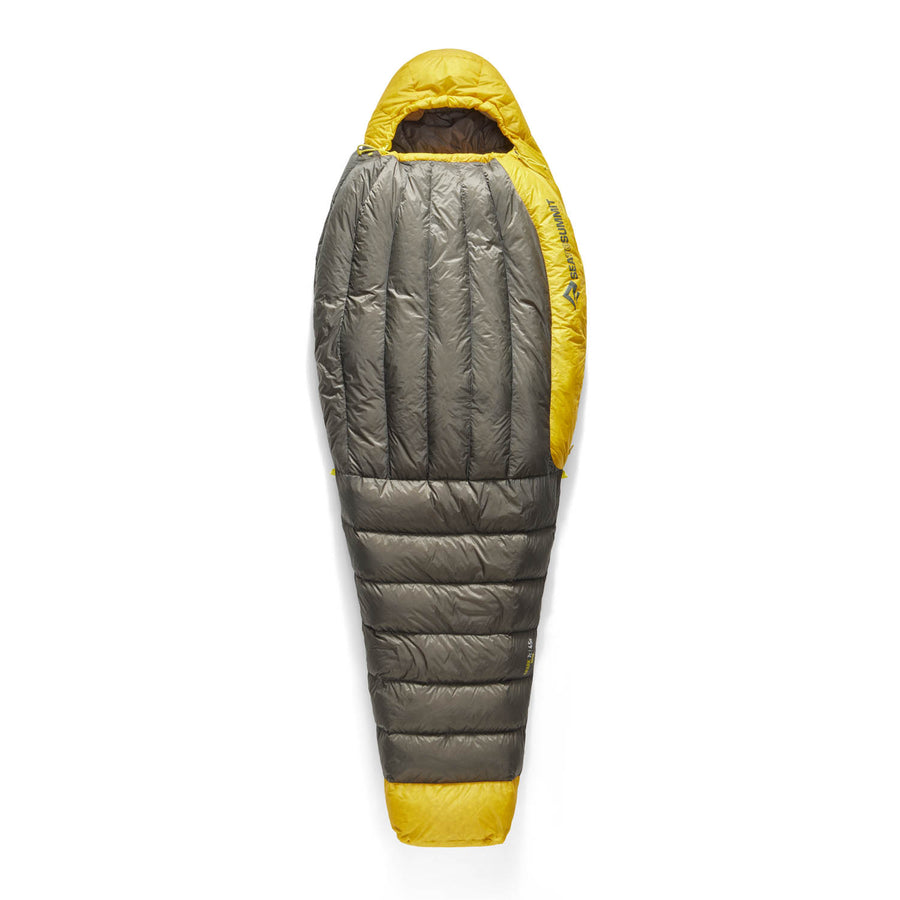
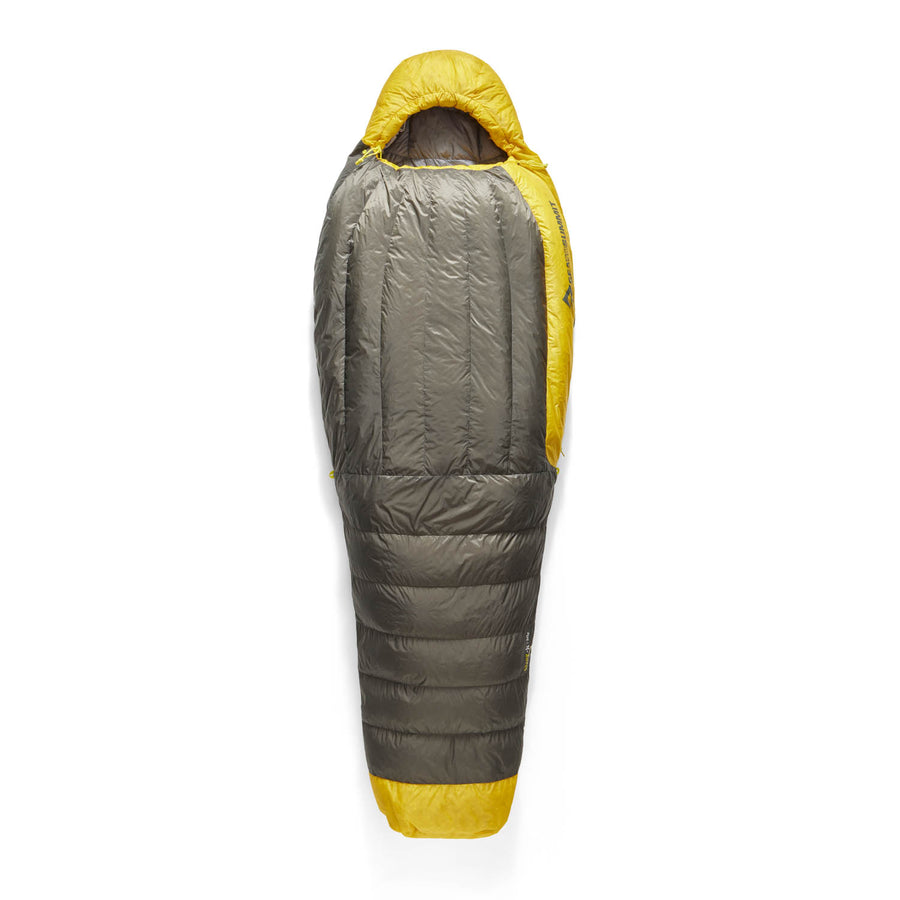
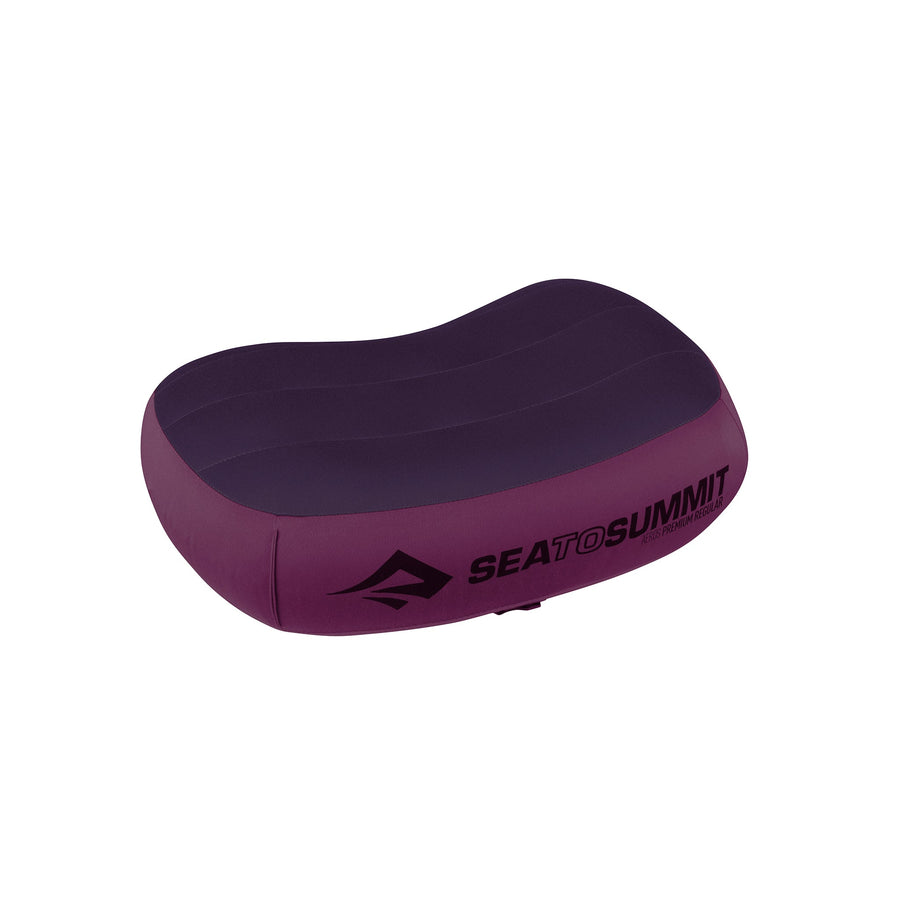
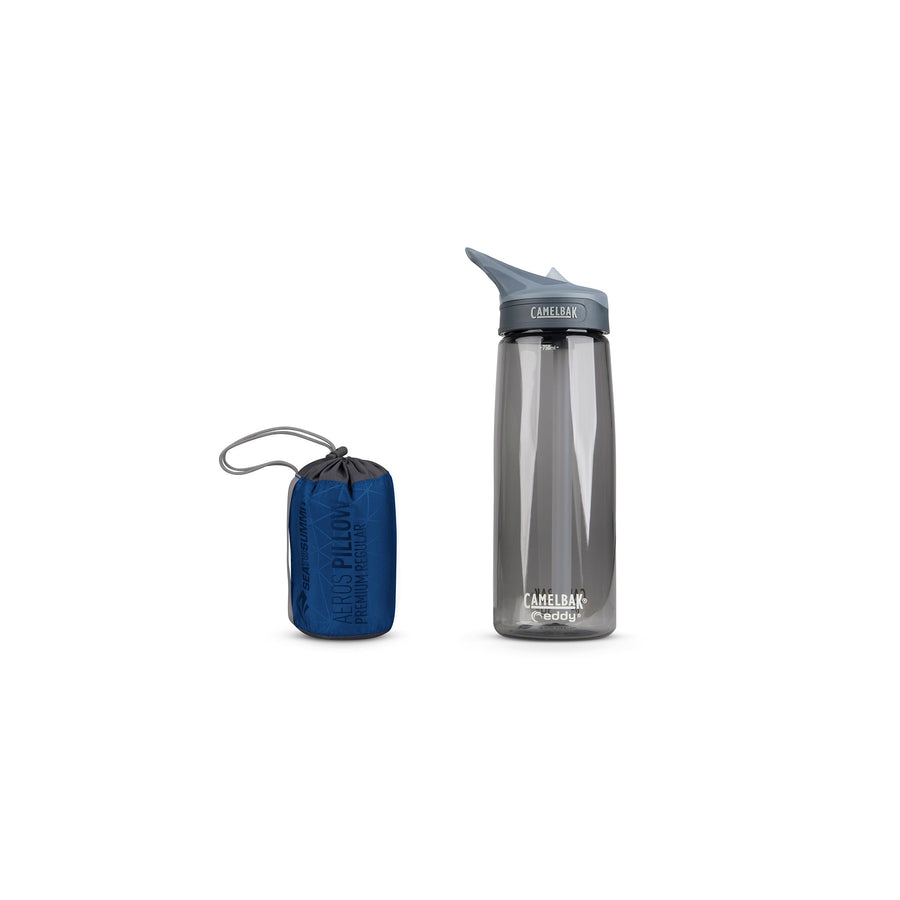
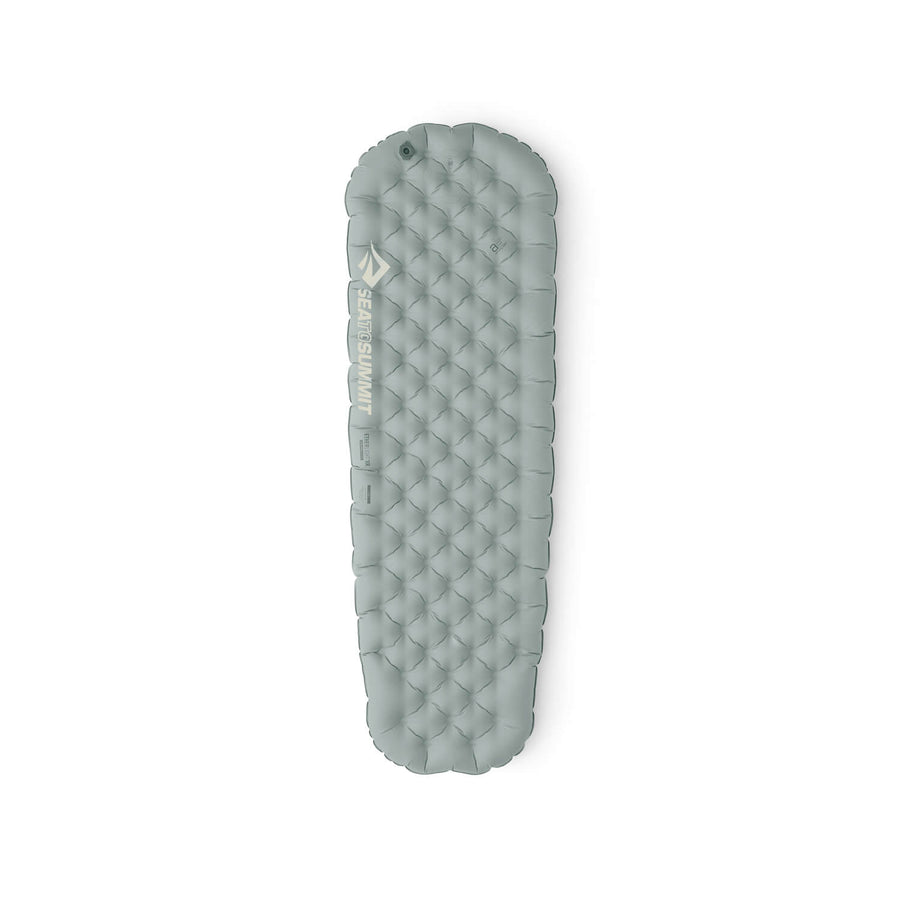
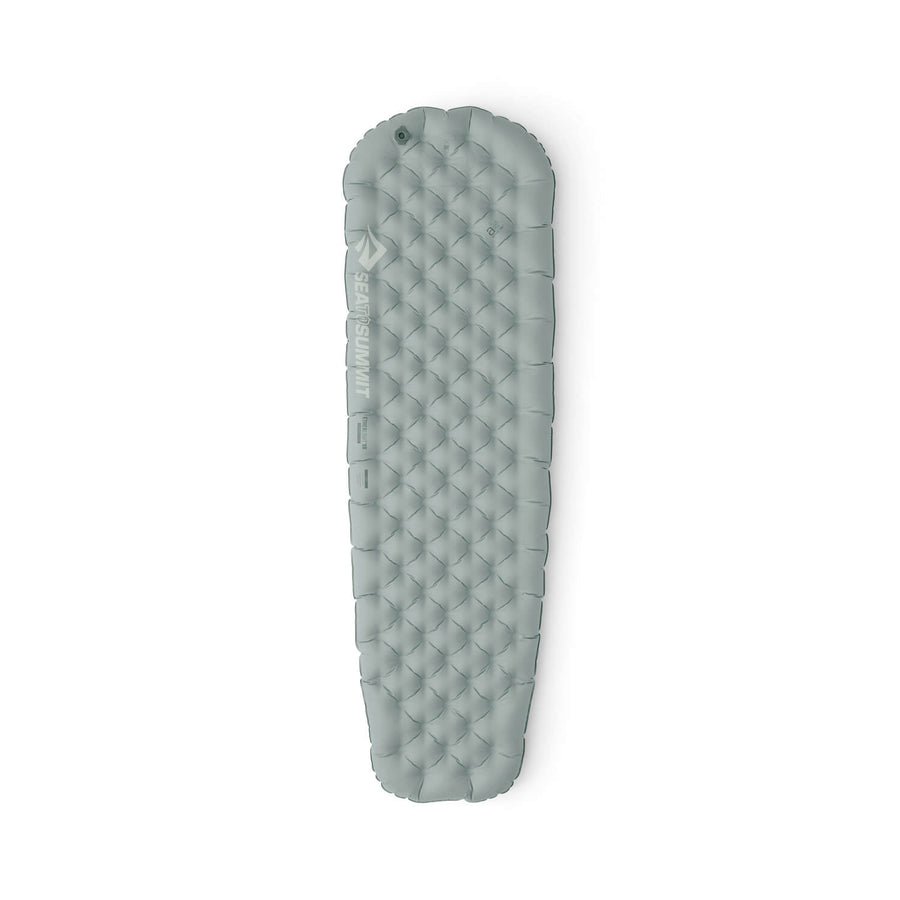
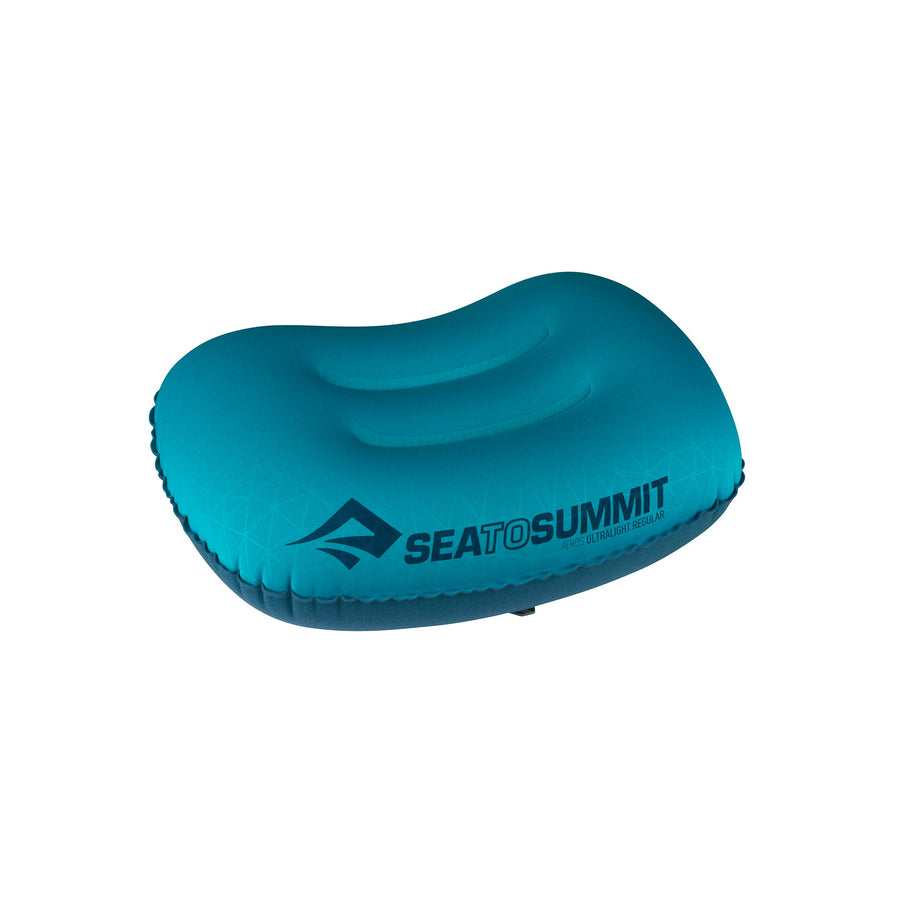
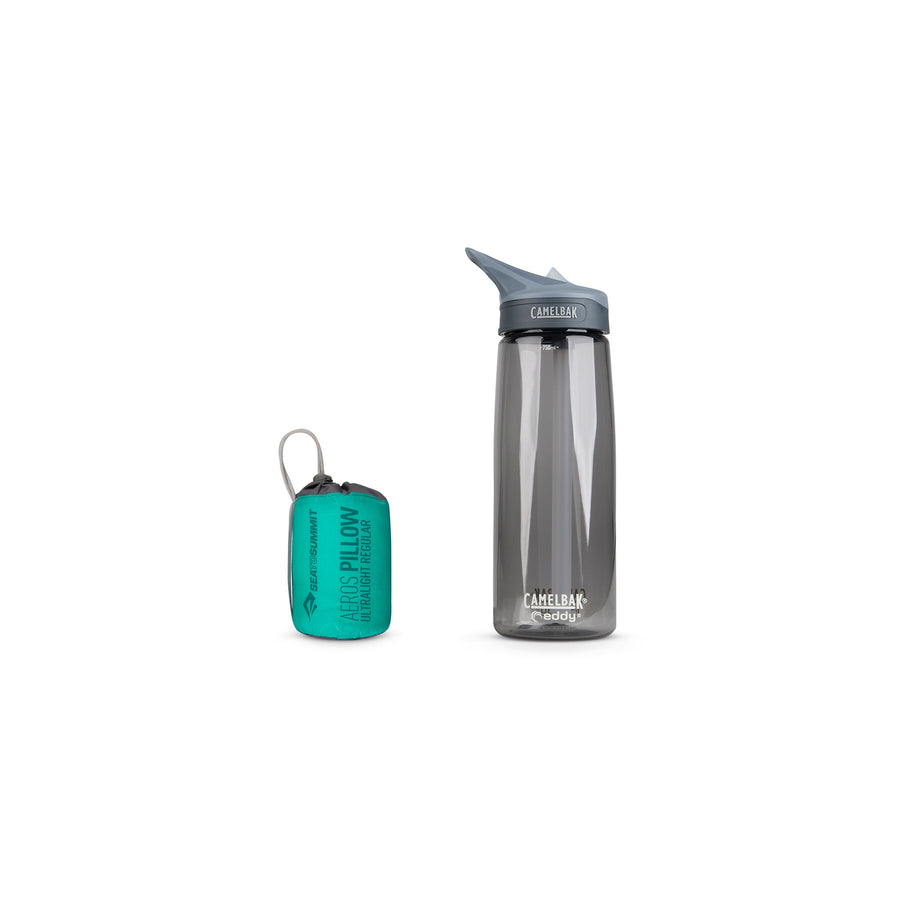
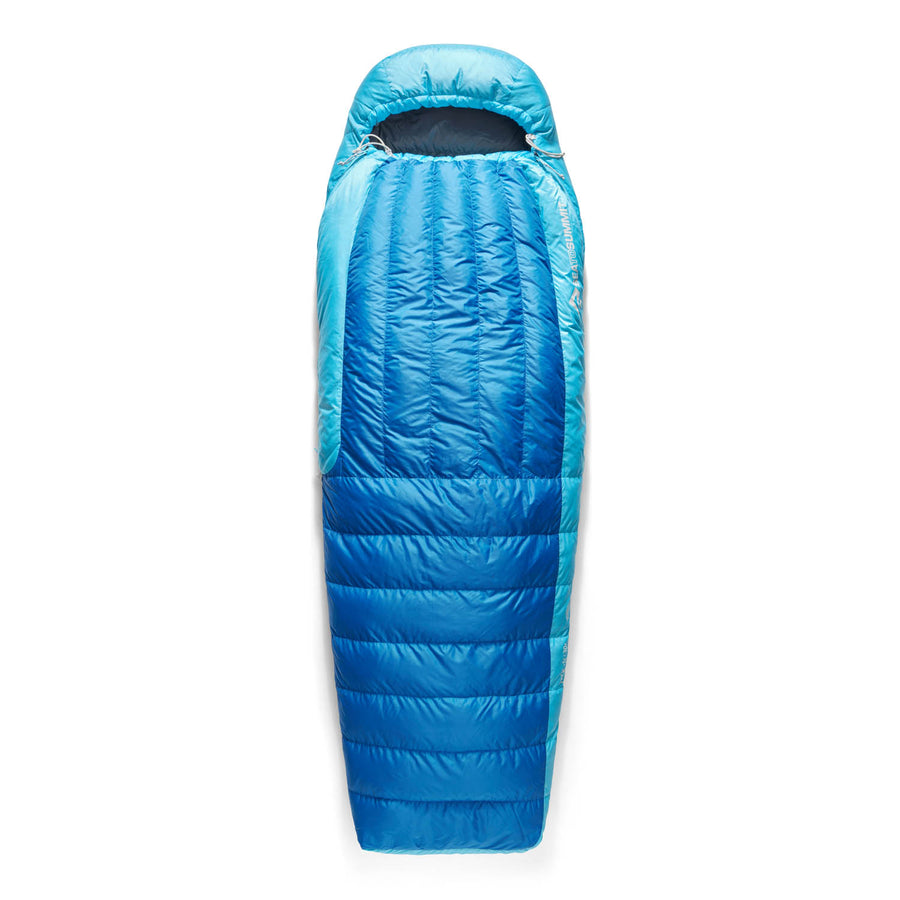
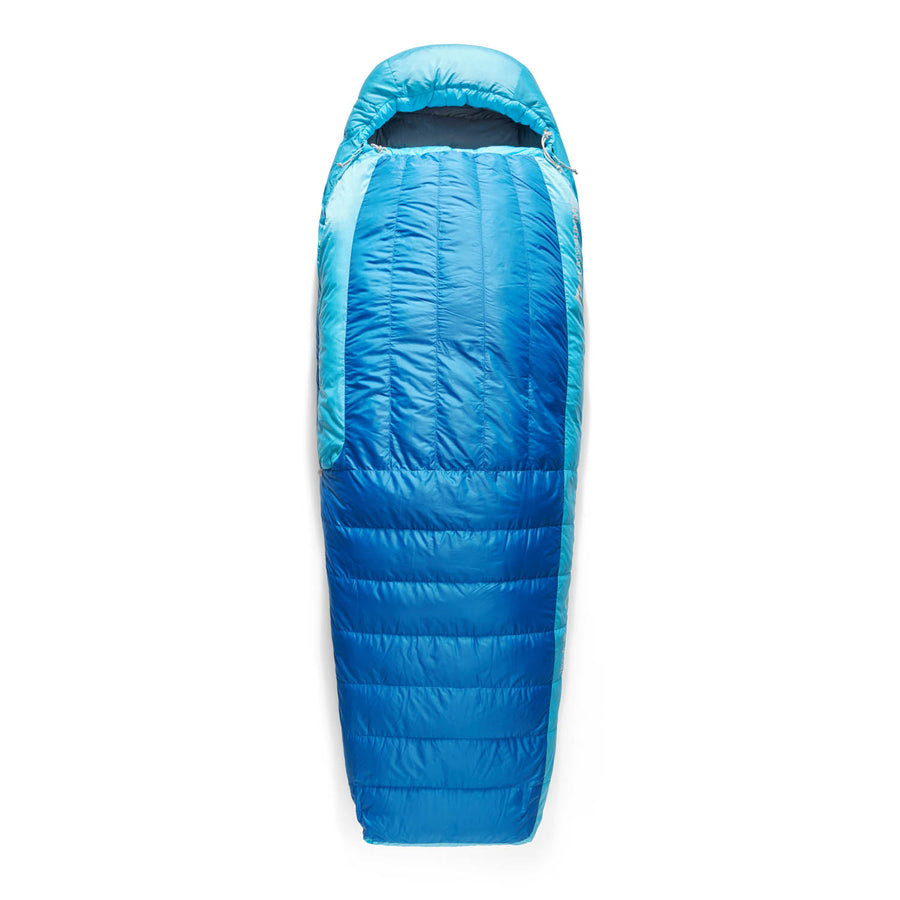
![Frontier Ultralight One Pot Cook Set - [3 Piece]](http://seatosummit.com.au/cdn/shop/files/FrontierULOnePotCookSet1P3Piece1.3LPotWithS-BowlandCup_ACK027031-122114_PRIMARY-1200x1200-9c6bd91.jpg?v=1749433473&width=900)
![Frontier Ultralight One Pot Cook Set - [3 Piece]](http://seatosummit.com.au/cdn/shop/files/FrontierULOnePotCookSet1P3Piece1.3LPotWithS-BowlandCup_ACK027031-122114_ADDITIONAL_1-1200x1200-9c6bd91.jpg?v=1749433473&width=900)
